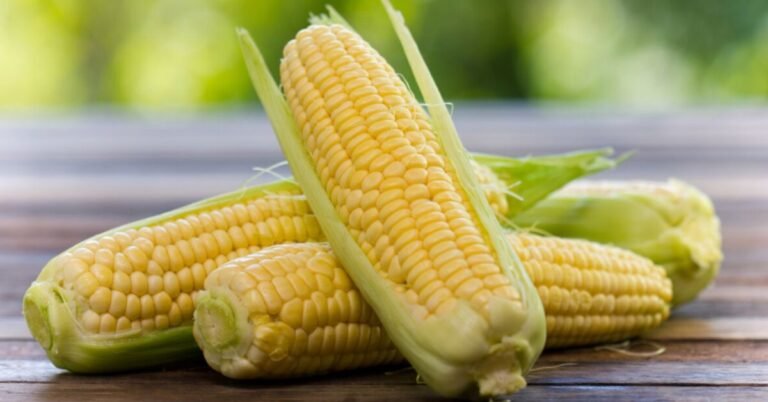Calandrando: The Ultimate Guide to Mastering This Technique
Introduction
Calandrando is more than just a technique—it revolutionizes industries by enhancing production efficiency, precision, and quality. Whether you’re familiar with this term from manufacturing or just starting to explore its potential, mastering calandrando can significantly boost your output.
In this article, we’ll walk you through everything you need to know about calandrando, from its definition and benefits to tips for achieving the best results.
What is Calandrando?
Calandrando, derived from the calendering process, involves using heavy rollers to smooth or compress materials. It’s a critical part of several industries, including textiles, paper production, and rubber processing. By applying pressure and sometimes heat, the calandrando technique ensures that materials are evenly processed, leading to a smoother and more refined end product.
Key Benefits of Calandrando
- Increased Precision: Calandrando guarantees a uniform material thickness, ensuring consistent product quality.
- Enhanced Durability: The pressure applied strengthens the material, improving its durability and lifespan.
- Smoother Finish: This technique produces a polished, aesthetically pleasing surface essential for various industrial applications.
Industries Using Calandrando
- Textiles: Used to create smooth, high-quality fabrics.
- Rubber: Ensures uniform thickness in rubber sheets used in tires and other products.
- Paper: Produces glossy, high-quality paper with a fine texture.
Step-by-Step Guide to Mastering Calandrando
Understanding the Basics
Before diving into the calandrando process, it’s crucial to understand the machinery involved. Calenders are typically heavy rollers made from steel or other durable materials. Some machines use heat in addition to pressure, depending on the desired outcome.
Preparing the Material
Success in calandrando starts with proper material preparation. Depending on the industry, materials may need pre-treated or pre-heated to ensure they respond well to the calendering process.
- Textiles: Fabrics should be cleaned and properly tensioned.
- Paper: Pre-treated with chemicals for an improved finish.
- Rubber: Heat application may be required for optimal flexibility.
Adjusting Calender Settings
Achieving the perfect finish requires precise calibration of the calender machine. Adjustments can be made to roller speed, temperature, and pressure. For instance:
- Low pressure is ideal for delicate materials like fabrics.
- High pressure and temperature work best for rubber processing.
Monitoring the Process
Throughout the calandrando process, continuous monitoring is essential to maintain quality. Watch for signs of uneven pressure or material distortion, and make real-time adjustments as needed.
Post-Processing Steps
Once calandrando is complete, post-processing may be required to refine the material further. For example, textiles may undergo additional treatments to enhance softness, while rubber might need trimming or cutting.
Common Mistakes to Avoid in Calandrando
Mastering calandrando involves practice, but knowing what to avoid can accelerate the learning curve.
Applying Excessive Pressure
Too much pressure can damage delicate materials, leading to tears, wrinkles, or distortion.
Neglecting Temperature Settings
Temperature control is critical in specific applications, like rubber calandrando. Managing heat properly can result in a subpar finish or material degradation.
Ignoring Maintenance
Calenders require regular maintenance to perform optimally. Ignoring this can lead to uneven finishes, equipment failure, and costly delays.
Why Calandrando is Essential for High-Quality Production?
Calandrando is not just about aesthetics—it’s about quality. This technique is pivotal in producing durable, high-performing products across industries by ensuring consistent thickness, strength, and surface finish.
- Textile Manufacturers rely on calandrando for fabrics that are smooth to the touch and visually appealing.
- Rubber Producers depend on the process for uniform sheets used in critical products like tires and seals.
- Paper Makers achieve glossy, premium-quality paper that is ideal for the publishing and printing industries.
Mastering this technique gives manufacturers a competitive edge, enabling them to produce superior goods with fewer defects.
FAQs
What industries benefit most from calandrando?
Calandrando is widely used in textiles, rubber processing, paper manufacturing, and plastic and metal finishing applications.
How does calandrando affect product quality?
By applying controlled pressure and sometimes heat, calandrando ensures materials are evenly processed, resulting in a smooth finish and increased durability.
Can calandrando be used on all materials?
No, calandrando is best suited for specific materials like fabrics, rubber, and paper. Materials that can’t withstand high pressure or heat may not be ideal for this technique.
Is calandrando expensive to implement?
The initial investment in calendering machinery can be high, but the process offers long-term cost savings through improved product quality and reduced material waste.
How long does the calandrando process take?
The duration depends on the material and settings used, but typically, calandrando is a fast process that can be completed within minutes for most materials.
What are the risks of calandrando?
Overpressure, incorrect temperature settings, and machine malfunctions can damage materials, so proper training and equipment maintenance are essential.
Conclusion
Calandrando is an essential technique for industries requiring precision, durability, and a flawless finish in their materials.
You can achieve superior product quality while boosting efficiency by mastering this process. From textiles to rubber and paper, the calandrando process has transformed manufacturers’ operations, making it a cornerstone of modern production. With the proper understanding, careful calibration, and ongoing maintenance, mastering calandrando can unlock new levels of productivity and product excellence.
Latest Post!
- Sco Elcykel Styrebox Explained: Key Features and Benefits
- Tiathabrat: Redefining Streetwear with a Unique Edge
- Michael Schropp MPI: Leading the Evolution of Parallel Processing
- FairwayNomad: Elevate Your Golf Travel Game with This Unique Experience
- Kerîg: What You Need to Know
- Caden Crain: The Entrepreneur Redefining Modern Success











